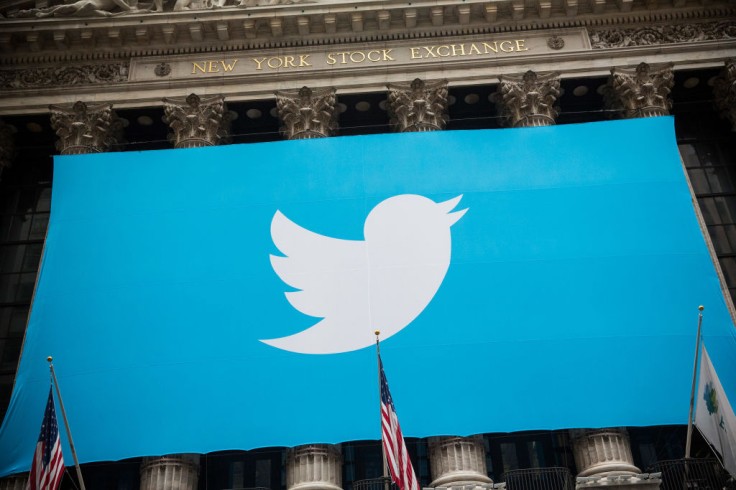
Twitter vs Police, who gets the news first?
With the digital age that we live in nowadays, news and information travels fast.
However, the collective outcome depends whether the information and news are accurate or fake.
Twitter vs Police
Twitter identifies riots faster than police. As reported by Cnet, the social networking service- Twitter can detect crime more than an hour faster than the police can via reports.
Police might be able to use social media to keep the peace. According to a study released Tuesday by Cardiff University, Twitter can detect riots and other violent actions minutes or even hours before the authorities are contacted.
Researchers examined 1.6 million tweets related to the 2011 London riots. According to the study, police in the town of Enfield received reports of disorder an hour and 23 minutes after computer systems could have picked up the same information from Twitter.
Recalling Twitter's Role In London Riot
As reported by Huffington Post, during a weekend of violence and theft in an impoverished London area just five miles from the Olympic Games locations, police arrested 160 people.
Twitter played a huge role in spreading real time events, information, and unfortunately was used for fake news as well. Masked and hooded young people robbed stores, assaulted police officers, and set fire to vehicles in an act of violence that has heightened security concerns ahead of the 2012 Olympics and showed pent-up animosity toward the city's police.
The riots in London have raised concerns about the 2012 Olympics.
Around 35 cops were hurt, with three of them being hit by a car while attempting to make arrests in east London. As seen on Twitter, police officers were shocked by the outrageous degree of violence hurled towards them, according to police commander Christine Jones.
Research in Twitter Violence
Pete Burnap, co-author of the paper stated that this study concluded that social media platforms are becoming the go-to site to report observations of everyday occurrences, such as social disturbance and terrestrial criminal activities.
While the study shows that new technologies can be utilized to help more established enforcement approaches, he stressed that social media will never be a substitute for traditional resources.
In their efforts to combat crime, law enforcement authorities are increasingly turning to social media. For example, in 2013, police used social media to ask the public for information about the Boston Marathon bombing in order to aid in the investigation.
Another example is when the Thai Immigration Bureau got a tip through the Line messaging app in May of this year, leading to the arrest of two Vietnamese citizens accused of overstaying their visas. In addition, a police video put to Facebook last week in New Hampshire generated dozens of tips that helped identify a suspect in a crime.
Twitter's Contribution To US Riot
In the Twitter vs Police debate on who gets the latest news faster, Twitter might get ahead of the game nowadays.
Another example of how Twitter held a pivotal role in stopping violence is the is during the US riot.
During the outcomes of the 2020 US presidential election, the Twitter account of former President Donald Trump was locked when he continued to make false statements.
As reported by the New York Times, three of Trump's tweets were taken down from Twitter, making them inaccessible to users. This is the first time the company has taken down Trump's tweets for reasons other than copyright takedowns, according to the corporation.
One of the tweets that was removed was a video of Trump addressing the Washington protesters. Trump falsely stated that the election "was stolen" in a taped statement before telling rioters to leave.









